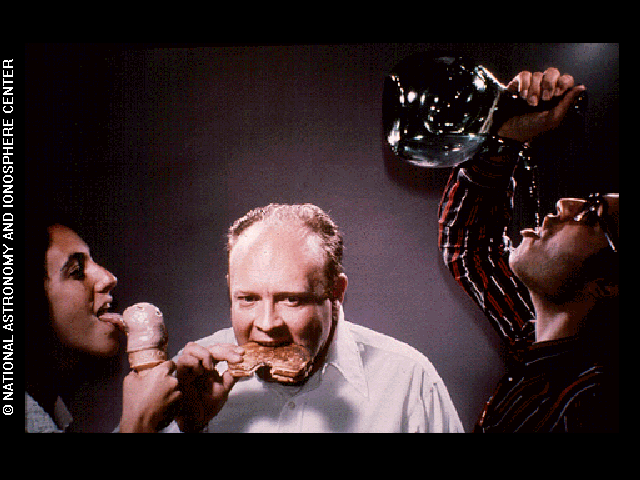Phineas Mason, aka "The Tinkerer" from Marvel Comics' Spiderman series
For one: Thomas Jefferson invented household tools, studied animals, fossils, and botany. While dabbling in theology, he "cut all the miracles out of the New Testament because he thought Jesus made a whole lot more sense without the supernatural material mucking up the good moral philosophy.” On the side, he helped run the country.
If you were a great tinkerer of his time, you maybe swore a lot. A tinker's damn, as far as Victorian cussing went, was of little significance, as tinkers were reputed to curse so freely and often. Similar to a hoot, no real harm came of not giving one.
If you were to be a great tinkerer of any era, you might also want a garage.
Mike Nesmith's mom's White Out: perfected in a garage. And out of garages, many other ubiquitous things came ...the song Louie Louie, The Kinks, Credence Clearwater Revival...Google, Harley Davidson, the Maglite company. The first modern garages appeared in the 1920's, but it was the post-war 1960's garages that were attached to the house, and ripe for slip-out-there-late-at-night work sessions. Before the 1920's, inventors had been relegated to their carriage houses, alongside the horse and buggy.
Alexander Graham Bell set up his first lab inside the carriage house behind his father's home in Washington, D.C. And back in the mid-1880's Guglielmo Marconi started conducting experiments in his father’s home (garage?) in Pontecchio, Italy. He was soon able to send wireless radio signals over one and a half miles. By 1896 he held the world’s first patent for a system of wireless telegraphy.
Isaac Newton was holed up at home for a couple of years waiting out the plague, so he whiled away the hours by aiming sunlight through a glass prism, casting a spectrum on the wall, and positing that white light was not a simple entity but a mixture of rays refracted at slightly different angles - from this, he constructed a reflecting telescope. (We up here on the hill are grateful for our Nellie.)
Homegrown, garage-blown things can blossom into world-changers.
---
In The Savage Mind French anthropologist Claude Lévi-Strauss called tinkerers "bricoleurs," said they employed the characteristic patterns of mythological thought: in contrast to engineers' creative thinking, which moves from goals to means, mythical thought re-uses available materials to come up with new, innovative solutions. Following up on this idea, philosophers Gilles Deleuze and Félix Guattari, in their 1972 book Anti-Oedipus, said bricoleurs follow the classic patterns of the schizophrenic producer, one who is uncertain of what is real, and instead follows his/her own notions.
Have a good weekend, all, in garages big and small.
filed under: UnEarthed, Cognitive Dissonance, Tinkerer




